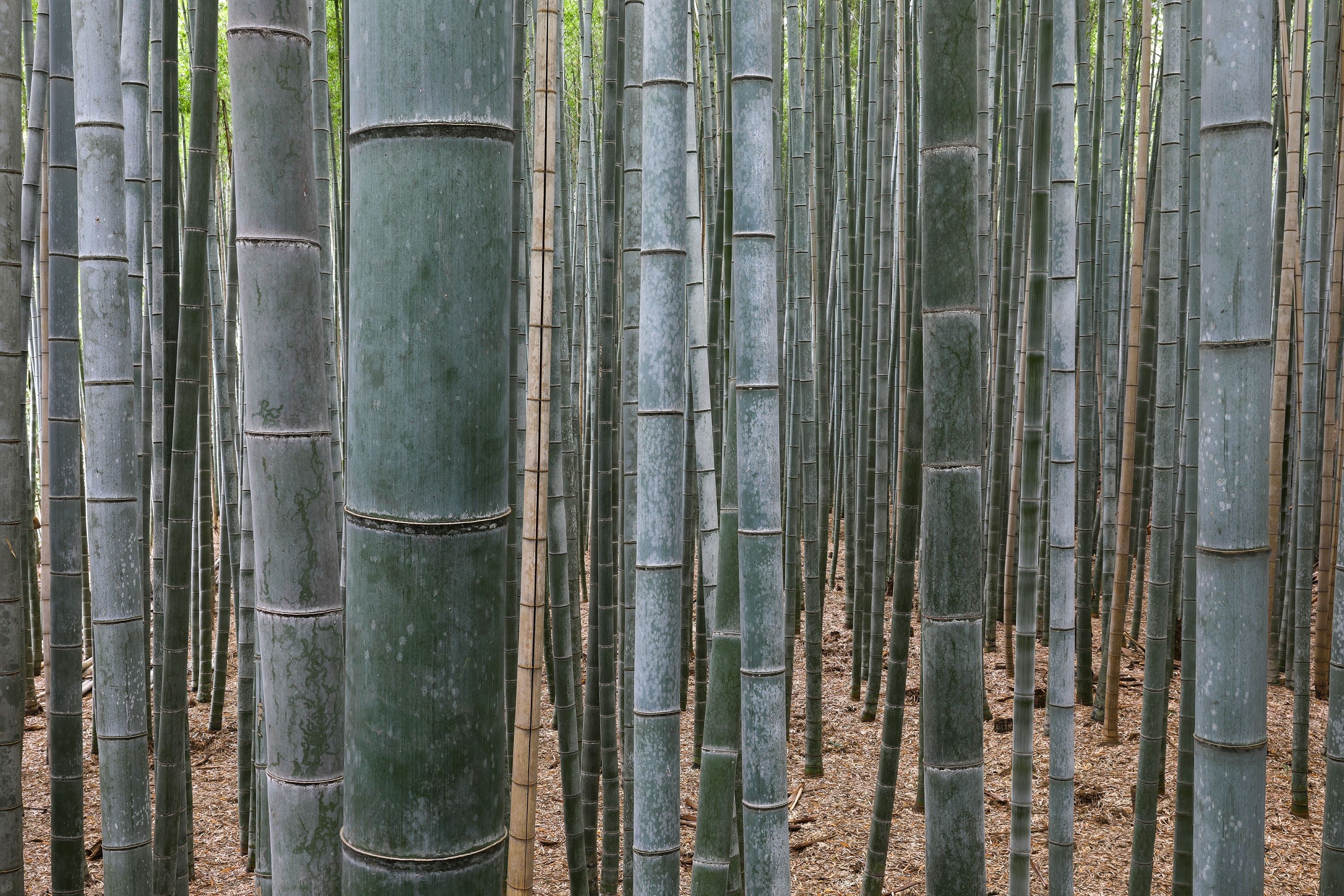
Tropical Wild Edibles - Pomegranate
Botanical name: Punica granatum
Common names: Pomegranate,
Family: Lythraceae

(Photo: Augustus Binu)
Physical appearance: A deciduous shrub that grows to between 5 and 10 meters in height. The pomegranate’s numerous branches have spines and feature oblong, narrow, waxy leaves which are between 3 and 7cm in length. The shrub produces bright red flowers of about 3cm in size with three to seven petals per flower. The fruits are approximately the size of an orange and when ripe, turn a deep red or black (black pomegranate). The fruit husk contains hundreds of seeds, each of which is surrounded by the edible fruit flesh. These seeds are wrapped in a white, pithy layer followed by the outer casing which is more leathery. Interestingly, the shrub is long lived with the oldest specimens reaching up to 200 years in age

(Photo: unknown master, Public domain, via Wikimedia Commons)
Natural habitat: Native to the Middle East but now cultivated in many regions of the world including: the Mediterranean, South America, South Asia and North Africa.
Constitution: high in vitamin C and also contains vitamin K, folate, fiber, fat (1%) and protein (2%).
Uses: Largely consumed as a fruit in its raw form. The fruit can be further processed to make juices, desserts and spirits or used as a garnish for a wide variety of dishes, dips and salads.

(Photo: Uwe Barghaan [[File:Granatapfelblüte 3.jpg|Granatapfelblüte 3]])
History: One of the oldest known crops. There is evidence to suggest human cultivation since at least 3000BC. As such, the pomegranate is symbolically significant in many cultures and religions. Generally associated with notions of fertility and birth.


